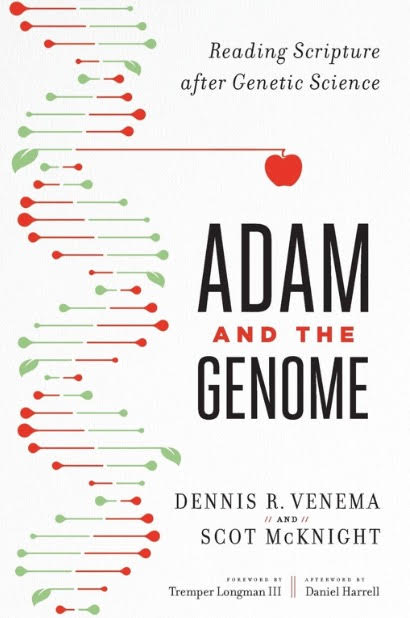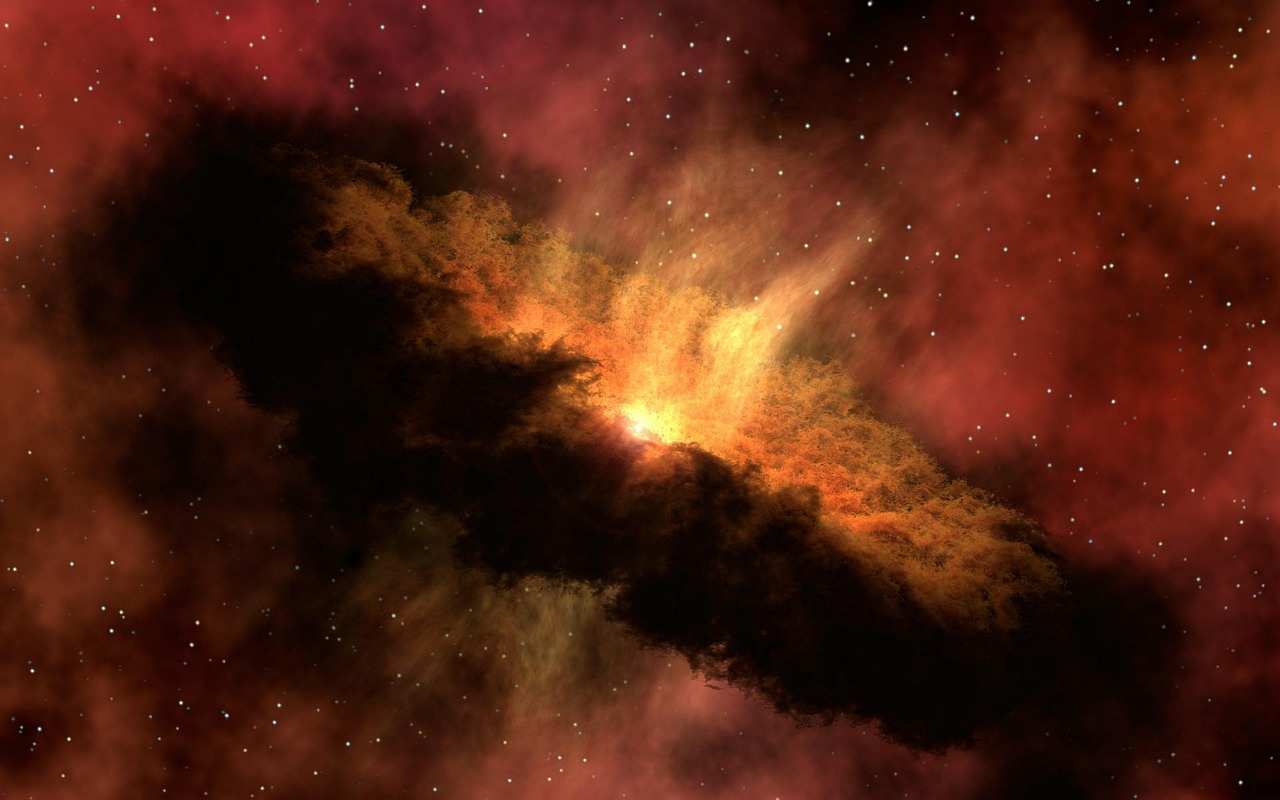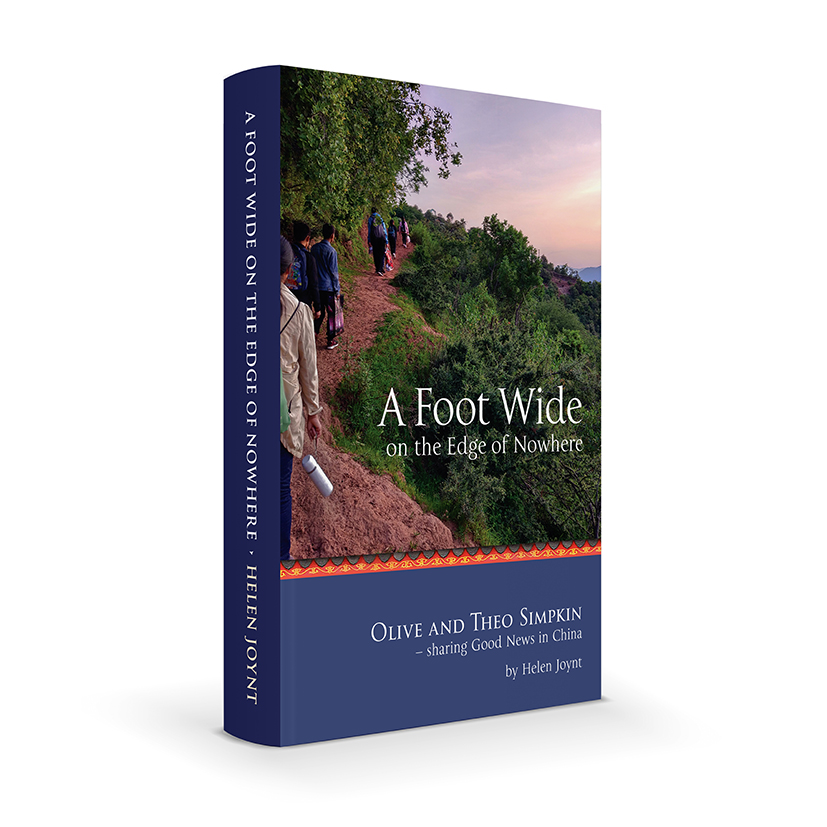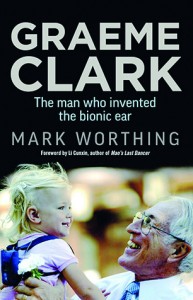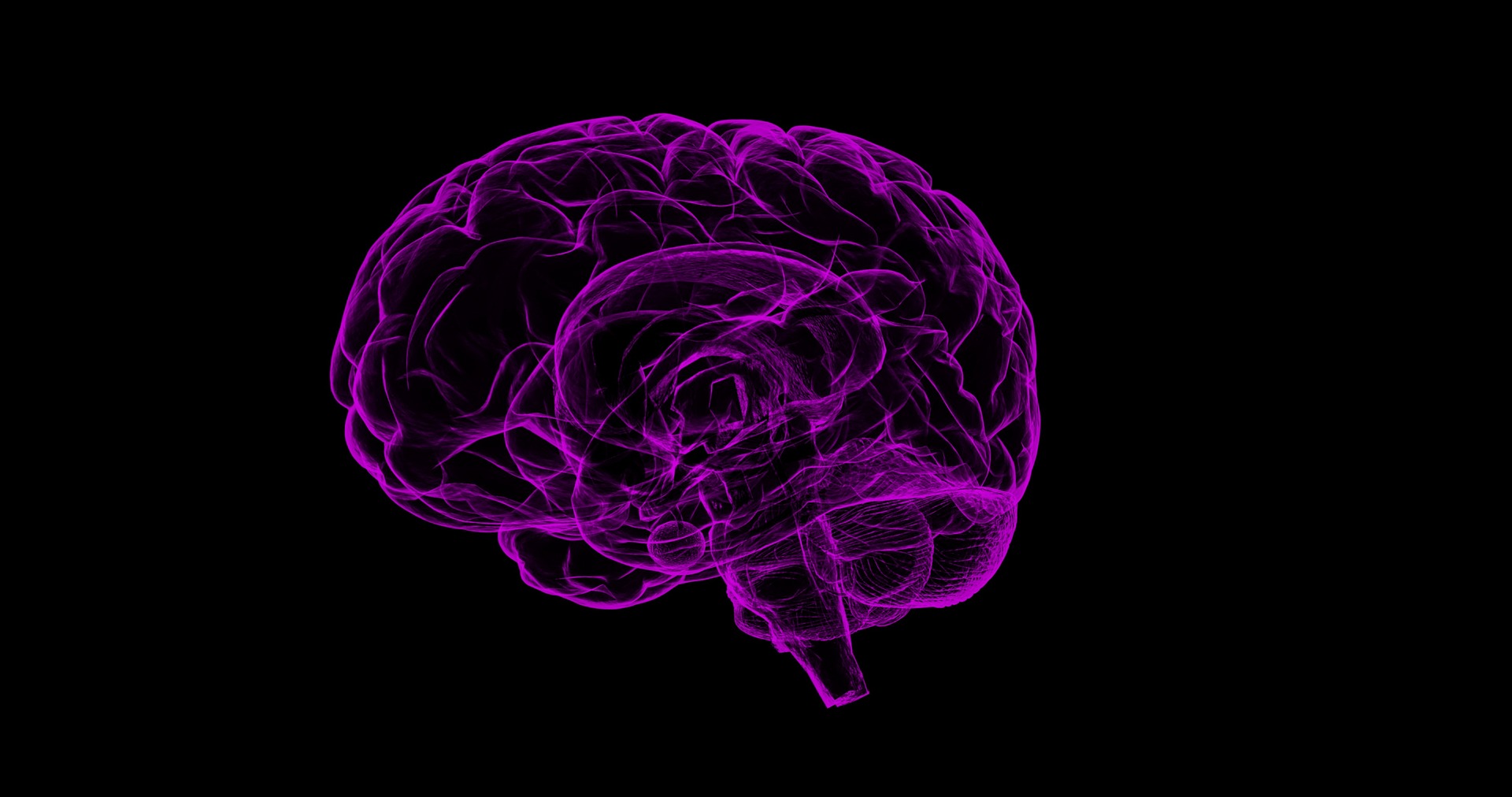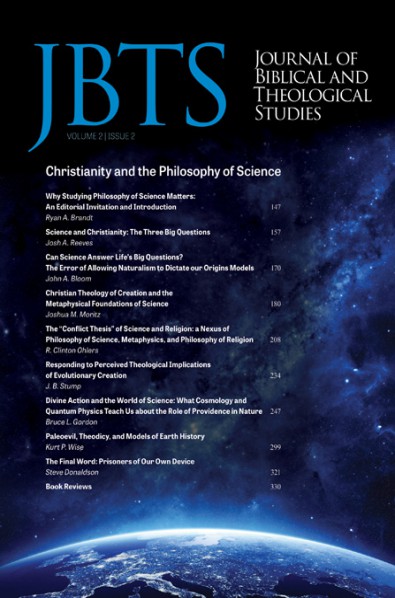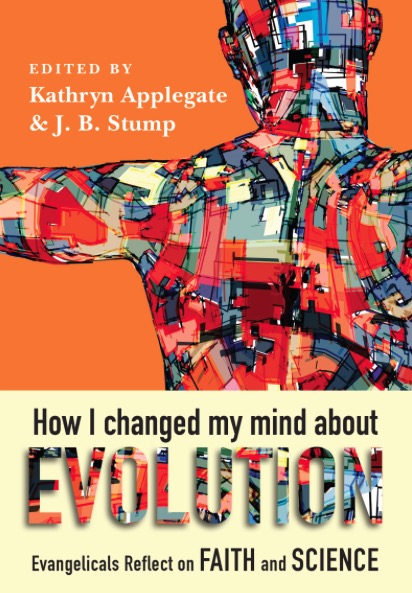


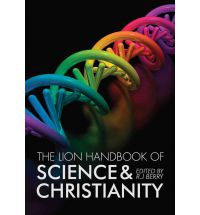 Review of the RJ Berry’s book ‘The Lion Handbook of Science & Christianity‘
Review of the RJ Berry’s book ‘The Lion Handbook of Science & Christianity‘
Ian Hore-Lacy, May 2013.
Download PDF
RJ Berry (ed.)
The Lion handbook of science & Christianity
Lion, 2012, Oxford UK, 267 pp. + glossary, references and index ISBN 13: 9780745953465 ISBN 10: 0745953468
Price: AUD$34.98 (incl. postage) from The Book Depository or AUD$29.99 (plus postage) from Koorong.
Reviewed by Ian Hore-Lacy1
This is a magnificent work, drawing on 26 contributors who are Christian and scientists to cover a wide scope very thoroughly. The chapters proceed from ‘The nature of things’ and ‘Science, faith and the Bible’, to ‘Physical and earth sciences’, ‘Life sciences’, then ‘Humanity and humanness’, and finishing with ‘Science, ethics and Christianity’. The editing brings it all together coherently, and particular topics are broken out into boxed features. Profuse illustrations are both informative and make the book a design delight. The index is thorough.
The opening chapters canvass the nature of religious belief and the method of science, considering different kinds of knowledge and how these relate to both. The chapters include historical perspectives on major questions and how understanding of them has evolved, sometimes controversially.
The perennial questions of whether God made a single person (or pair) in his image, or whether his image appeared in a wider group, and the fall, are dealt with helpfully and not dogmatically in five pages. But the point is made that the theological debate about Adam needs to be seen as quite separate from the scientific debates about Darwinism. The image of God in humanness differentiates us from other animals, and however it was conferred it enables relationship with God independently of biology, and that relationship was ruptured.
The ‘Physical and earth sciences’ chapter includes a major section on cosmology and the origin of the universe, bringing in Hawking, anthropic balances, multiverses and SETI. Another section covers the end of the universe and new creation, with a long break-out box on the biblical future
– relevant to the 2013 COSAC conference.
1 See also review by Tim Middleton in Science and Christian Belief Vol. 25 (1) pp. 88-9.
The boxed topics include: Providence & miracles, Science vs scientism, Positivism & logical positivism, Diverse explanations, The ‘Two books’, Ancient cosmology, God & time, God’s action in the universe (six views), Search for extraterrestrial intelligence, Dating methods, Historical understanding of the age of the earth, Theological perspectives on the age of the earth, The origin of life, ‘Days’ in Genesis, Teleology, Creationism.
Those are just the main break-out bits in the first four chapters – the main text covers that ground readably.
The chapter on ‘Humanity and humanness’ covers predictable material, and also deals with the soul and dualism, and the origin of religious belief, with a box feature on the evolution of religion. The last chapter homes in on Christian ethics as a virtue ethics system, and moves to environment and energy with a box feature on ethics and risk. It also covers up to date issues such as the human genome, nanotechnology, GM crops and stem cells.
As well as laying to rest any perceived basic conflict between science and scripture, the book provides an excellent starting point for reading up on the many topics it covers.
This is undoubtedly a book for every ISCAST bookshelf. A second printing was under way in March 2013.
Review by Ian Hore-Lacy who is Director for Information with the World Nuclear Association, based in London, and is a Fellow of ISCAST.
2
